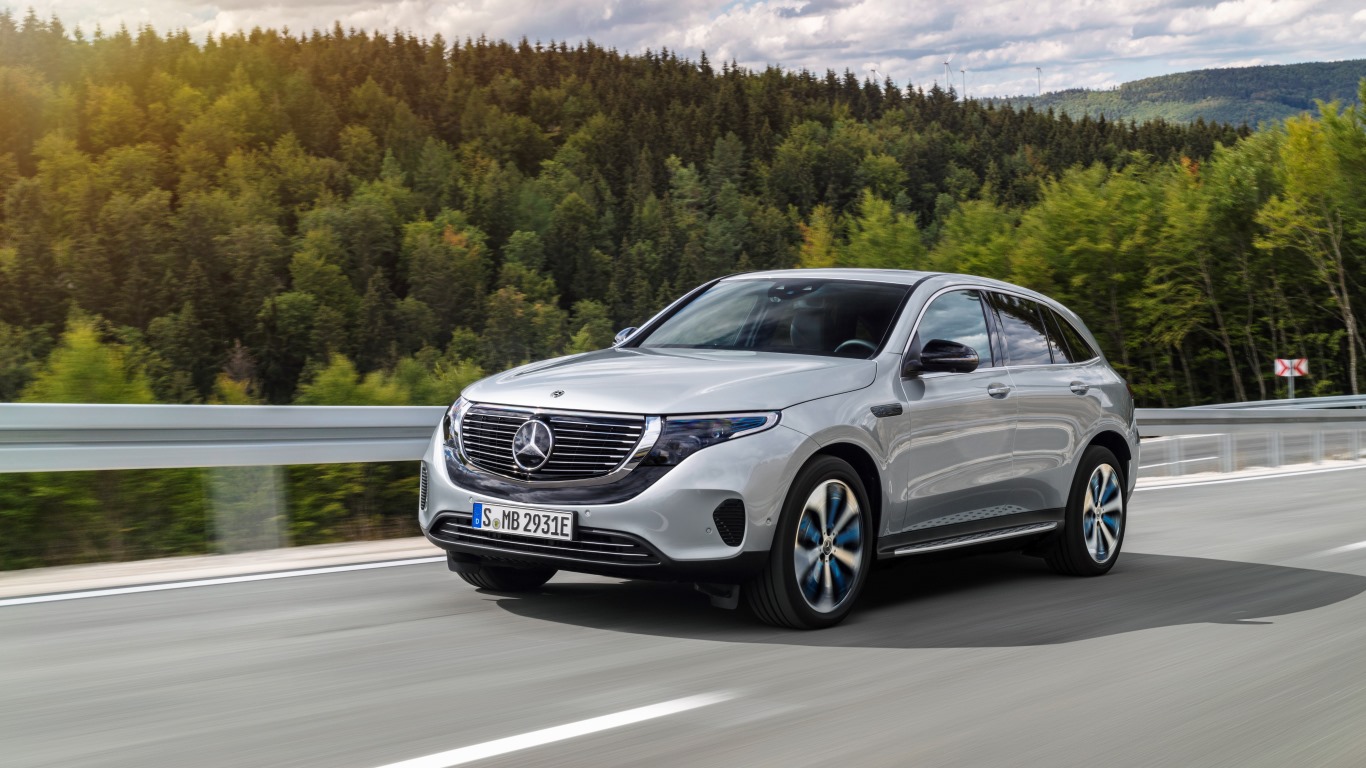Cars and Drivers
Electric Vehicles Are Coming, but Are Drivers Following?

Published:
Last Updated:

Most Americans believe there will be 70% more electric vehicles (EVs) on U.S. streets and highways in the next five years. Most Americans also believe someone else will be driving all those EVs.
All is relative. Just 3% of consumers considered buying an EV in the first quarter of 2016. In the fourth quarter of last year, that number had risen to 4%. Eliminating Tesla vehicles from the consideration set lowers those numbers to 2% in 2016 compared with 3% in 2018. Sans Tesla, EV market share is expected to be down slightly this year and automakers have promised that 100 new models are going to be available in dealer showrooms with a few years.
The data on EV adoption was reported Monday auto industry research firm Cox Automotive and is based on a survey of 2,503 consumers and 308 dealers that was fielded in the first three months of this year.
Among American consumers who are not including EVs in their consideration set, 70% cite cost as a factor and 83% cite the availability of battery charging. Fully 87% of non-considerers believe the cost of an EV is higher than the cost of an internal combustion engine (ICE) vehicle. More than 75% who are considering purchasing an EV believe the initial cost is higher.
For consumers who are considering buying an EV, 98% take total ownership costs into consideration when evaluating the initial cost of a new vehicle. According to Cox, EVs total cost of ownership over five years is 59% lower than an ICE vehicle, with fuel savings of 60% and service cost savings of 25% over the period.
Besides initial cost, Americans continue to worry about the range of EVs, even though some are pushing the 300 to 400 mile range of ICE vehicles. The Mercedes-Benz EQC, for example, is available now with a range of 310 miles, and the Porsche Taycan is also rated at more than 300 miles. Late next year the Rivian R1T pickup with a range of 400 miles is expected to go on sale. Tesla has said it will have a new version of its high-end Model S available next year with a range of 600 miles, and the company’s first pickup, due in 2022, is expected to have a range of 400 miles.
Range is one thing, however, and available charging stations is another. Among drivers considering buying an EV, 68% say there are too few charging stations where they live and 63% say there are too few stations where they work.
Auto dealers say that EVs represent an average of just 5% of new car sales in a month and 9% of certified pre-owned sales. What’s worse from the dealers’ point of view is that only 9% of automakers are pushing them to make more EV sales. Nearly half (46%) of all dealers, however, expect EV sales to increase over the next year or two. Among luxury vehicle dealers, nearly two-thirds (64%) expect sales to rise in the same period.
The industry is experiencing the classic problem of any new technology. That is, to educate consumers on the benefits of that new technology. Lea Malloy, Cox Automotive’s associate vice-president of emerging technology, commented: “Consumers see benefits in an electrified future but still need more assurance from dealers and automakers surrounding EV ownership. Collectively, dealers and automakers can deliver the confidence needed to advance EV adoption.”
Earlier this month, analyst Mark Lewis at BNP Paribas released a report in which he said that EVs produce six to seven times the useful energy to the wheels of a vehicle than do ICE vehicles powered by $60-per-barrel oil. The Cox study indicates, however, that efficiency and cost by themselves may not, in fact, be enough to sway buyers even to consider, much less purchase, EVs. At least not yet.
If you’re one of the over 4 Million Americans set to retire this year, you may want to pay attention.
Finding a financial advisor who puts your interest first can be the difference between a rich retirement and barely getting by, and today it’s easier than ever. SmartAsset’s free tool matches you with up to three fiduciary financial advisors that serve your area in minutes. Each advisor has been carefully vetted, and must act in your best interests. Start your search now.
Don’t waste another minute; get started right here and help your retirement dreams become a retirement reality.
Thank you for reading! Have some feedback for us?
Contact the 24/7 Wall St. editorial team.